What is a Horizontal scrubber?
Our horizontal scrubbers deliver superior emission control by enhancing gas-liquid contact through their horizontal design. This design promotes prolonged interaction, optimizing scrubbing efficacy. Additionally, their horizontal design makes them a space-saving technology.

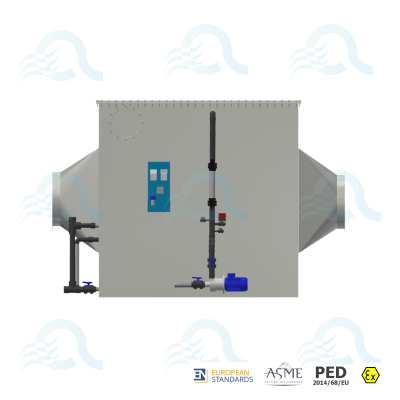
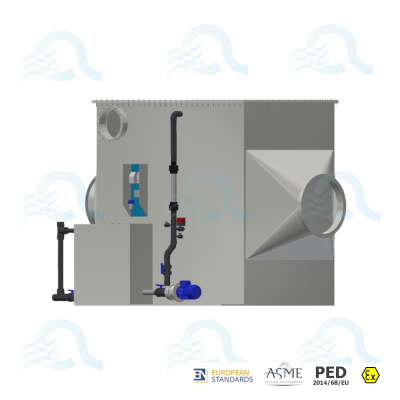
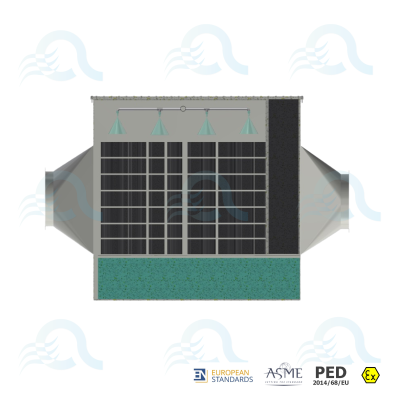
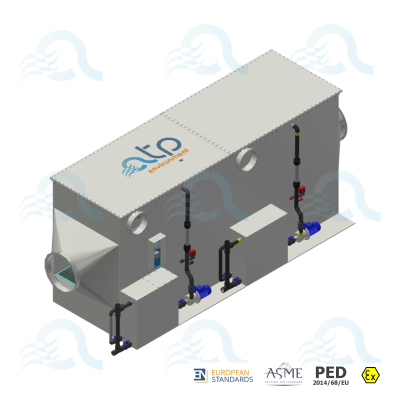
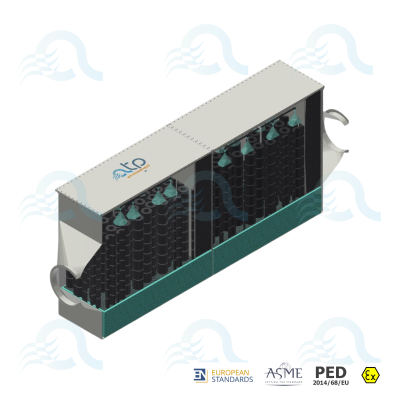

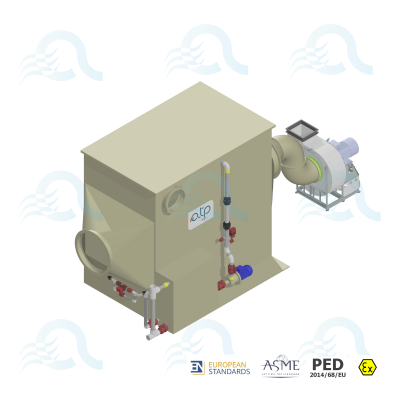
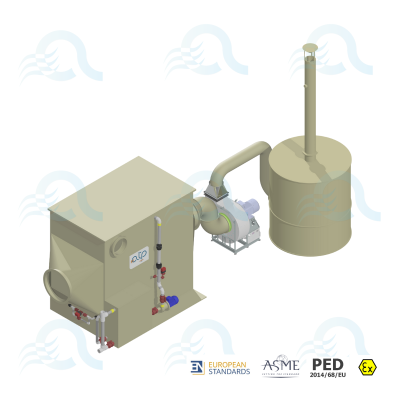
How does it work?
The gas stream is fed to the scrubber horizontally, and perpendicularly to the carefully selected packed bed. The scrubbing liquid is sprayed downward in cross-current by the centrifugal pumps. The system automatically replenishes the washing solution as needed, thanks to the Automatic Refill and Replacement System (ARRS). Furthermore, the Automatic Water Refill System (AWRS) ensures the consistent maintenance of the liquid working level within the base of the scrubber.
Which problem can sort it out?
Horizontal scrubbers are effective in removing a variety of pollutants from industrial air emissions. They are favored for their space efficiency, versality, energy efficiency and easy of mantainance.
Industries involved







frequently asked questions
Some answers to frequently asked questions about our industry
In the world of industrial air scrubber technologies there are three main configurations:
- Vertical “packed bed” scrubbers
- Jet scrubbers (with empty section)
- Horizontal scrubbers
- Venturi scrubbers
The term scrubber generally refers to technologies for the purification of industrial emissions, which use water (clean, or with chemical or biological reagents) to literally wash (scrub) the air.
The dimensions of scrubbers for the treatment of industrial fumes depend mainly on the air flow rate to be treated. However, other factors also influence their dimensions, such as the required abatement efficiency and the composition of the gases. The type of scrubber chosen significantly affects the footprint:
- Vertical scrubbers take up less floor space, but require more space in height
- Horizontal scrubbers, on the other hand, require a greater horizontal area, but reduce the footprint in height and allow for greater weight distribution
Efficiency can be calculated as the percentage reduction of pollutants at the exit of the treatment on the initial input value. The treatment of industrial fumes with a scrubber technology can reach high levels of efficiency, depending on the composition of the incoming gases and the correct engineering of the air treatment plant. In some cases, scrubbers can reach 99% efficiency on the reduction. To have a high reduction efficiency in the most severe cases of contamination it is necessary to contact experts such as the team of engineers at ATP environment.
In the case of water-soluble VOCs, the recommended technologies for odor treatment are air scrubbers, bioscrubbers and biofilters. In general, removing unpleasant or nauseating odors from the air coming from industrial processes is not a trivial matter as the substances that generate them can be of various natures. For this reason is important to conduct a gas analysis and consult with an air treatment expert such as ATP environment that can identify the best technology for your odor problem.

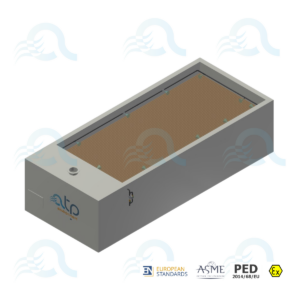
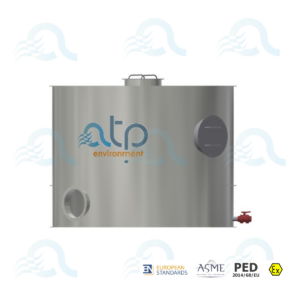
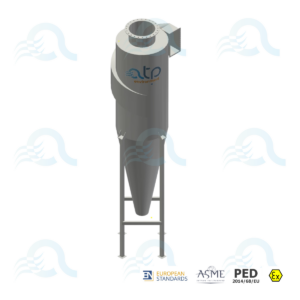
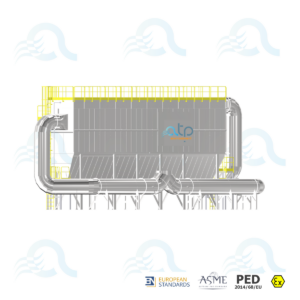
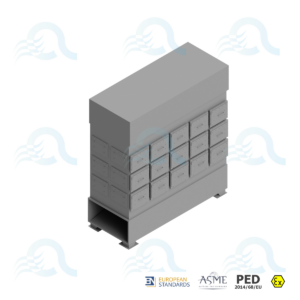






![ISO 9001 [Italy] ISO 9001 [Italy]](https://atpenvironment.com/wp-content/uploads/elementor/thumbs/ISO-9001-Italy-1-e1734709424454-qysjxm32zf8e8mhshe2a1tecm8cbvnzg0wb4e904dc.jpg)